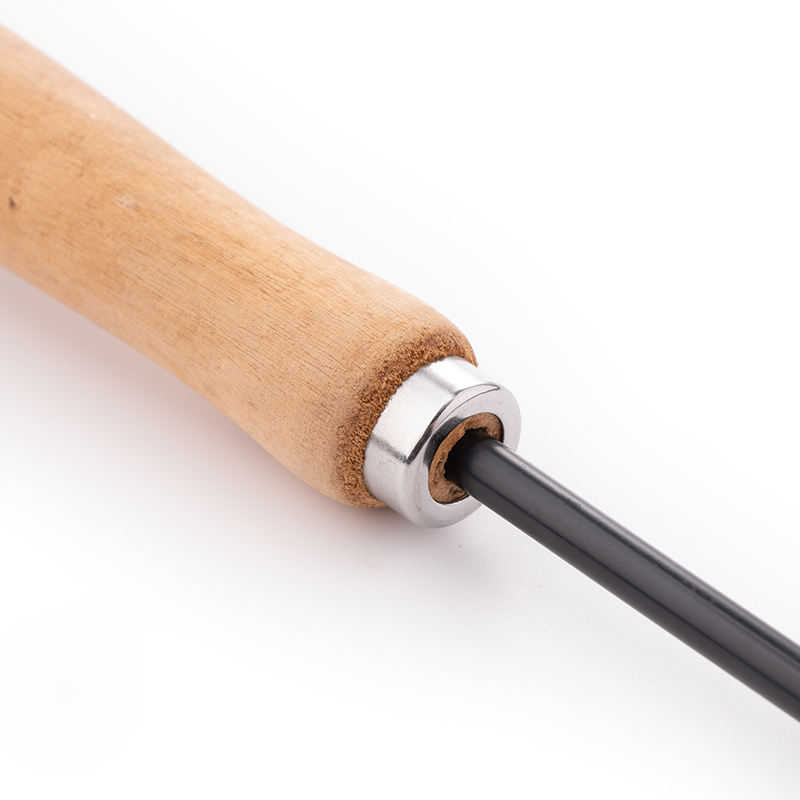Mastering the craft of wooden handle making involves a journey of learning, practice, and continuous improvement. Whether you’re a novice or aspiring to become an expert, here’s a step-by-step guide to help you on your path:
1. Learn the Basics: Start by familiarizing yourself with the basics of woodworking. Understand different wood species, their characteristics, and how to work with them.
2. Safety First: Learn and practice woodworking safety guidelines. Wear appropriate safety gear, work in a well-ventilated area, and follow proper tool usage techniques.
3. Study Handle Design: Study various handle designs and styles. Understand how different shapes, lengths, and contours impact ergonomics and usability.
4. Tool Selection: Acquire the necessary tools for handle making, including saws, chisels, carving tools, sandpaper, clamps, and finishing materials.
5. Practice Shaping Techniques: Practice shaping techniques on scrap wood. Learn how to create basic handle shapes using carving tools, saws, and sanding.
6. Work on Ergonomics: Experiment with different handle shapes to understand how they affect ergonomics and comfort. Consider the grip, balance, and control.
7. Learn Joinery Techniques: Study various joinery techniques used to attach handles to tool heads. Understand the strengths and weaknesses of different methods.
8. Gain Woodworking Skills: Improve your woodworking skills through practice. Learn how to create smooth surfaces, carve details, and achieve precise dimensions.
9. Explore Finishing Methods: Experiment with different finishing methods, such as varnishing, oiling, waxing, or woodburning. Learn how finishes impact appearance and durability.
10. Study Historical Examples: Explore historical examples of tool handles to gain insight into traditional designs and craftsmanship techniques.
11. Seek Guidance: Seek guidance from experienced woodworkers, attend workshops, or take woodworking classes to learn from experts.
12. Develop Your Style: As you gain experience, develop your own style and unique approach to handle making. Incorporate your personal touch into the designs.
13. Embrace Mistakes: Don’t be afraid of making mistakes. Every mistake is an opportunity to learn and improve your skills.
14. Work with Different Woods: Experiment with a variety of wood species to understand their unique qualities, strengths, and limitations.
15. Iterate and Improve: Continuously work on improving your techniques. Pay attention to details, practice regularly, and seek feedback from others.
16. Document Your Progress: Keep a record of your projects, including sketches, notes, and photos. Documenting your progress helps you track your improvement over time.
17. Set Challenges: Set challenges for yourself to push your skills further. Create complex designs, try different joinery methods, or work with exotic woods.
18. Share Your Work: Share your creations with others. Display them in your workshop, share them online, or even consider selling your handmade handles.
19. Be Patient: Becoming an expert takes time. Be patient with yourself and celebrate your progress along the way.
20. Keep Learning: Woodworking is a lifelong learning journey. Keep seeking new techniques, ideas, and inspiration to continually grow as a craftsman.
Mastering the craft of wooden handle making requires dedication, patience, and a passion for woodworking. Through consistent practice, continuous learning, and a commitment to craftsmanship, you can progress from being a novice to becoming an expert in the art of creating functional and beautiful wooden tool handles.


